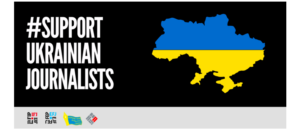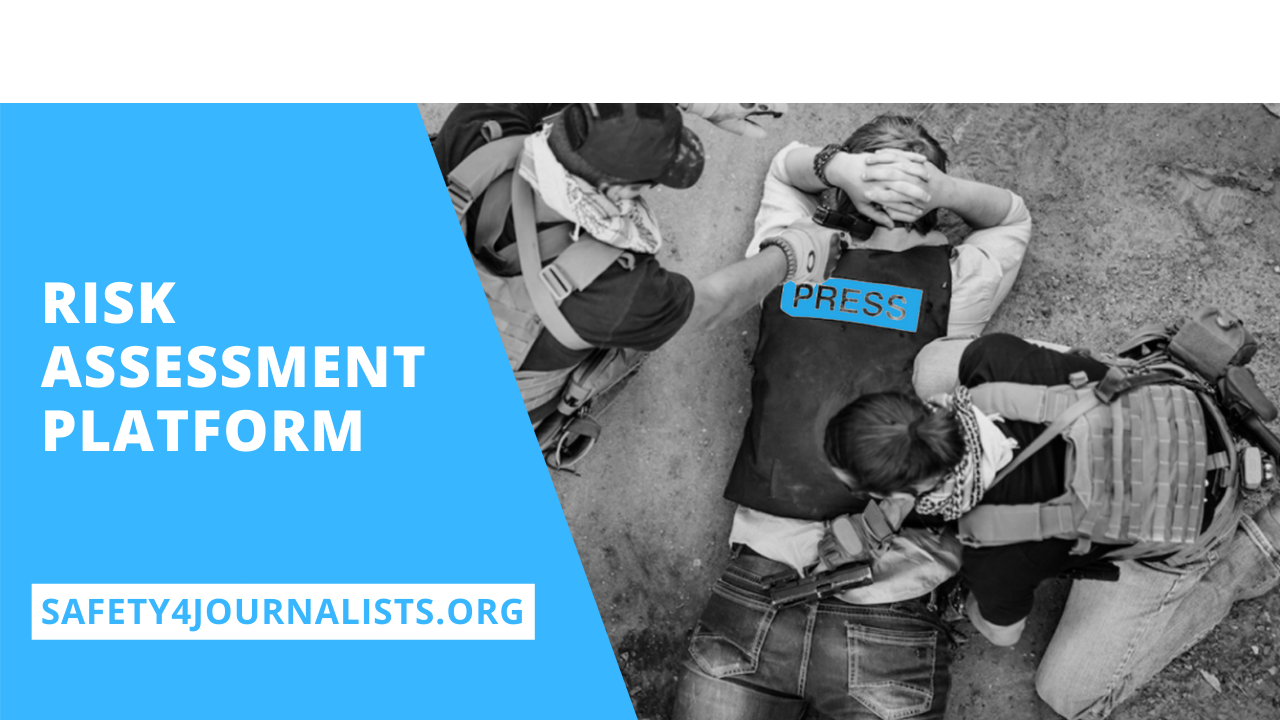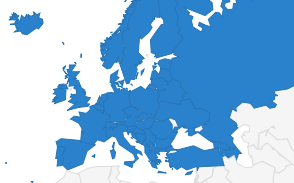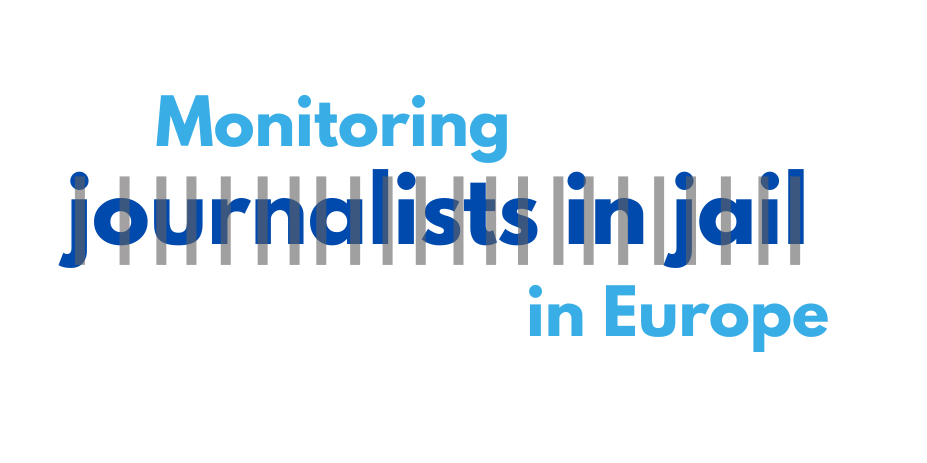HesaMag #16: working conditions and fake news in the digital era

After an issue on the precarious working conditions of journalists, HesaMag, a magazine produced by the European Trade Union Institute (ETUI) about health and safety at work, just released its 16th edition entitled “The future of work in the digital era“. The magazine’s special report investigates the impact of technologies on working conditions and environments in the industry sector, as well as in the intellectual professions. A story on the fake news industry in Macedonia shows how young people, with no prospects of finding a decently paid job, manage to earn a few hundred euros by working around the clock.
Working conditions in digital environments
Gerard Valenduc, associate researcher at the ETUI and honorary professor at the University of Namur, highlights working conditions in digital environments, many of which affect media professionals due to the digitalisation of journalism.
According to Valenduc, working conditions are compromised by the new digital sphere. “Digital stress”, or “technostress”, describes the negative health effects of continuously working online. This can include muscle tension, concentration problems and burnout, due to sedentary and repetitive movements, the overload of information and the “real-time” nature of online work.
The “right to be offline” is already found in a few collective agreements in some companies, but Valenduc points to a compromise in labour rights within digital work, as there is often no physical workplace to which labour rights are often tied to. In addition, the nature of the “gig economy” – with short-term and one-off contracts – implicates wage laws.
The “gig economy” often characterises the nature of platform work: on-demand work tied to digital platforms. This type of work is also found in the media sphere, for instance with workers in “click farms” promoting the popularity of articles on social media, “web cleaners” to remove disputed or illegal content from the web, or the production of “fake news”.
Fake news in Macedonia
The magazine also spotlights the town of Veles, Macedonia, where 50% of young people are or were involved in producing fake news. One such person is Bojan, age 19, who produces fake news as it is more lucrative than the average monthly wage in Macedonia.
Fake news websites existed in Veles before the 2016 U.S. election, but the election catapulted the industry with hundreds, possibly thousands, of websites being launched.
But the creators of “fake” news, such as Bojan and Elena, age 34, suggest that not all the news spread on the websites is actually a complete fabrication. Of course, some “fake news” is entirely invented, but often they are articles taken from legitimate news websites, edited and then re-branded with a new sensationalist title.
Ultimately, this highlights the complexity and nuance needed when discussing how to approach and tackle misinformation online – but also the very real and difficult conditions that journalism faces today, when producing “fake news” brings in more money than being a journalist.
HesaMag can be downloaded free of charge here.
Photo credit: ETUI






